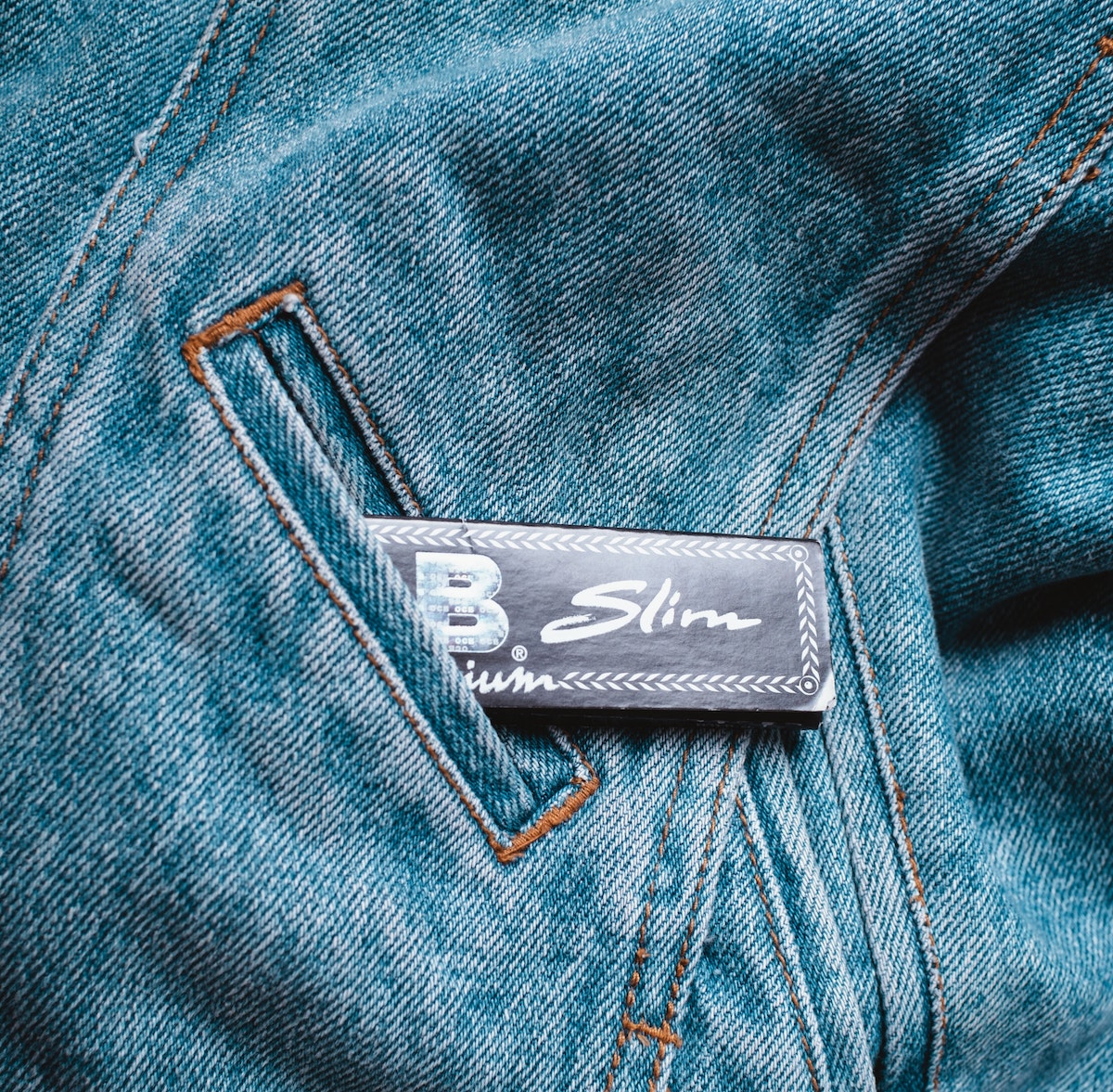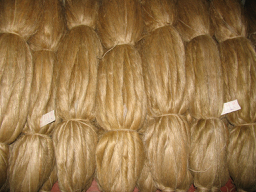
For decades there has been a small, limited market for hemp fiber and textiles in the U.S. apparel sector. Hemp clothing, while durable, was characterized by many consumers as scratchy, uncomfortable leftovers from the “back to the earth” movement of the 1960s.
That changed following the 2018 Farm Bill and hemp’s national legalization. The recent, dramatic jump in demand for hemp-derived CBD and hemp foods also prompted a growing national interest in hemp fiber and textiles. Some industry insiders expect hemp fiber and apparel production to eventually develop into a multi-billion dollar industry.
Currently the market for hemp fiber is small, but growing. According to data from the U.S. Department of Commerce’s Office of Textiles and Apparel, imports of raw hemp fibers to the U.S. more than doubled between 2018 and 2019, from $131,644 to $330,252 in value.
Big Brands Get on the Bandwagon

Some big corporate apparel brands have already jumped aboard the hemp textile bandwagon. Last year, blue jeans giant Levi Strauss announced what it described as the company’s “first foray” into the use of a new type of “cottonized hemp” denim. “We know hemp is good for the environment, but it has always felt coarse,” Paul Dillinger, the company’s vice president of product innovation, said in a press release. “This is the first time we’ve been able to offer consumers a cottonized hemp product that feels just as good, if not better, than cotton.”
Additionally, athletic apparel multinational Nike launched a limited edition hemp textile sneaker in the United Kingdom this past August.
Made-in-America Hemp Clothing
U.S. companies are investing in hemp fiber processing infrastructure in the hope of building a viable supply chain. In early September, Texas-based Panda Biotech announced it was creating what it says will be the largest industrial hemp processing center in the U.S. According to a press release, the facility, which is expected to begin partial operations by early next year and to become fully operational in 2022, “will also be the first facility in the nation to cottonize hemp fiber on a commercial scale for the American textile industry and export customers.”
For some industry veterans, these recent developments are not unexpected. Lawrence Serbin is president of Hemp Traders, a California-based importer and wholesaler of hemp fiber products that has been in business for over 25 years. In early September, his company announced the launch of a new line of hemp knit fabrics, to be produced and dyed in Southern California. In a press release, Serbin mentioned his customers’ growing demand for U.S.-made hemp textiles. “Not only does this help the American hemp industry to position hemp textiles for a larger share of the market and make hemp products more available,” he said in that statement, “it does it at a cheaper price than the same Chinese imports.”
Toughness of Hemp Fiber is a Benefit and a Challenge
Preeti Arya is an assistant professor of textile development and marketing at the Fashion Institute of Technology (FIT) in Manhattan. Hemp, she noted, has been used for centuries in textiles and clothing, but the technology to convert hemp fibers into comfortable and wearable textiles for the mass market is relatively recent.

Hemp fibers, she told Hemp Benchmarks, are the strongest of the natural textiles. They contain a high percentage of lignin, the natural component that binds hemp fibers together. Lignin also causes untreated hemp to be stiff and less flexible than other apparel fibers. At the same time, she pointed out, high lignin content can make hemp textiles desirable in the fashion industry due to their very good “drape” – that is, the way it allows a fabric to hang or fall as a piece of clothing – although the stiffness can also create noticeable and unwanted wrinkling.
“Lignin is like the cementing materials of the fibers, and that’s where the problem is,” she said. “Scientists from all over the world … know very well that hemp can be used for textile purposes if we can reduce the lignin content of the fiber.”
Softening Up Hemp Fibers
The most common way to remove lignin from hemp fibers, according to Lawrence Serbin of Hemp Traders, is to place the raw fibers in a solution of sodium hydroxide (also known as caustic soda or lye) dissolved in water, and to bring that solution to a boil at high temperatures via a pressure cooker, which melts the lignin. The fibers will separate from themselves, he said, creating thinner fibers that can then be made into hemp fiber yarns.
Serbin takes issue, however, with how the term “cottonization” is used by parts of the apparel industry when it comes to hemp. Cotton, he noted, has short fibers of relatively equal length due to years of selective breeding. Hemp fibers, in comparison, can range from several inches to several feet in length. “So when somebody says they want to cottonize the hemp,” he continued, “they’re basically saying they want to take all the fiber and chop it down to a short length, which only makes sense if you’re blending all of that with cotton.”
Pulling, Not Pushing, Hemp Textiles into the Mainstream

Serbin told Hemp Benchmarks that the U.S. is still some years away from having a mature hemp fiber supply chain and market, due to a relative lack of proper machinery and infrastructure. “For the most part it just doesn’t even exist,” he said. “It’s a cart-before-the-horse sort of thing, where the farmers don’t want to grow it unless there’s a market for them to sell to … . And processors don’t want to build a processing plant unless they know farmers could produce it, and they know there’s going to be a market for them to sell it to.”
Serbin also noted that the U.S. cotton industry, which reportedly receives hundreds of millions of dollars in federal subsidies, has a huge advantage over hemp textiles in funding, research, development, and marketing. However, he believes there is a place for hemp textiles in the mainstream consumer market. “The market value for [hemp] fiber,” Serbin said, “is going to be greater than all [CBD] flower and [hemp] grain [products] combined.”
The U.S. hemp textile and fiber market, he said, “has to be pulled; it can’t be pushed. In order for this whole industry to grow, we need demand for the products. You need demand for raw fiber for industrial uses, you need demand for the fabric for apparel and other textile uses. The more there’s a demand for all this, the easier it is for these [hemp fiber] processors to come online.”



